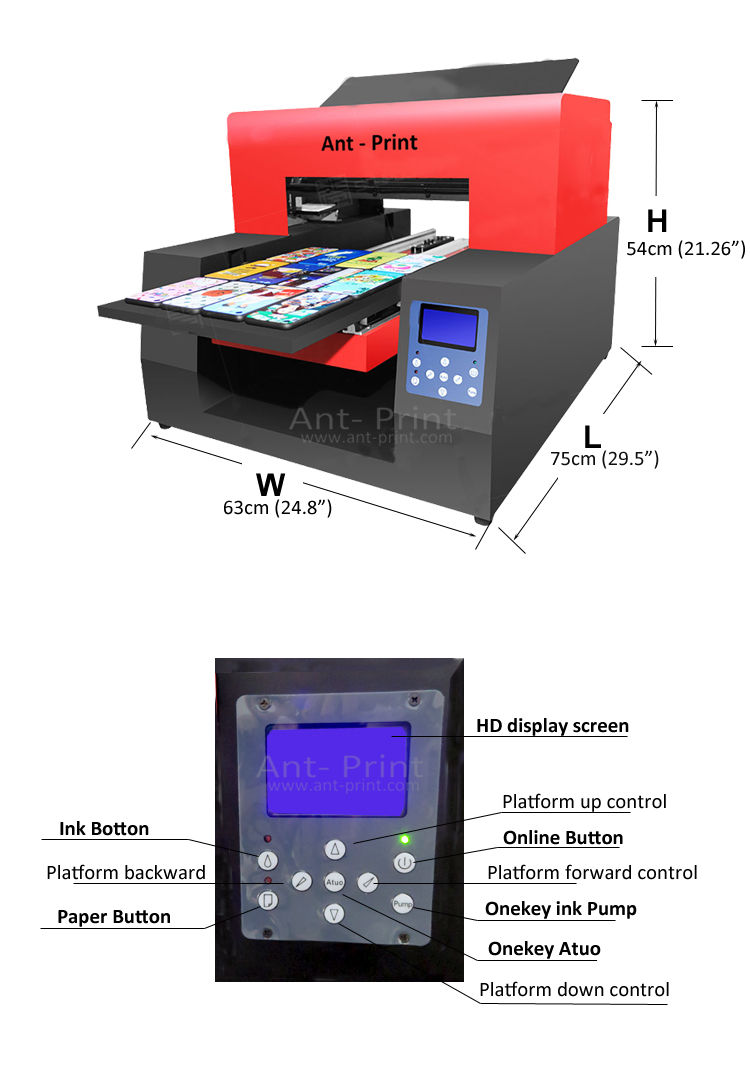

With the Epson 7600 and the right rip i can achieve plates up to 150lpi, or even better using FM Stochastic screening I get plates that look more like 175 to 200 lpi with incredible detail.Īlso these RIPs I mentioned all have linearization tools to create your own curves which is something else you will need to test using a densitometer to achieve high quality plates with this technology.

With a little testing you will find the right exposure and inkjet / rip settings.Īlso you might try using yellow and black at 0.05 each. If the ink dries to slow or runs go even lower, if the UV light exposes through the ink increase the ink or cut back on your UV. Change this numberto about 0.10 and start there. On my rip I have a control for each ink channel in my Epson printer. It takes a very small amount of ink on the plate to do this, to much on these metal plates and the ink piles up and runs or doesn't dry quick enough. You can inkjet the image using black, or yellow or magenta or combinations of them (yellow inkjet ink is a good UV blocker) it is all controlled in the rip. You will need to do tests to find the right amount of inkjet ink to put down on the plate (controllable in the rip software) as well as correct exposures. You could do it with the standard US subtractive plates but you would have to put a lot of ink down on the plate, that is why the positive method it better.
#Ink printer rip software
IT WORKED!īasically you need an Epson inkjet printer, inkjet RIP software (I recommend looking at Wasatch, iProofsystems, and Accurip) some positive acting metal plates and a plate burner.

Then I exposed it under my NuArc 26-1K plate burner & developed it. So I pulled out these old plates and started imaging a positive image directly on these plates using just black ink in my Epson 7600. Well I started pursuing a technology used by screen printers of making film on an inkjet printer so I could use it to burn metal plates and one day it hit me to eliminate the film and image directly on the plate. I had some of these plates I bought back in the mid 90s for a multi 1250 and I kept them all these years thinking I might need them. They sold laser film & positive acting metal plates (& also sold laser polyester plates), I think they pioneered this technology as they were doing it before anyone else I know of even Xante as I recall (Xante & Hurst became the big players in laser polyester plates within a few years & GSC went out of business.).Īnyway the idea was to print film positives from laser printer & burn positive plates. It dated back to a company I bought from in the 90's called Graphic Science Corporation. I came up with that idea myself about four years ago. I believe I am familiar with the manufacturer of the metal posi plates.


 0 kommentar(er)
0 kommentar(er)
